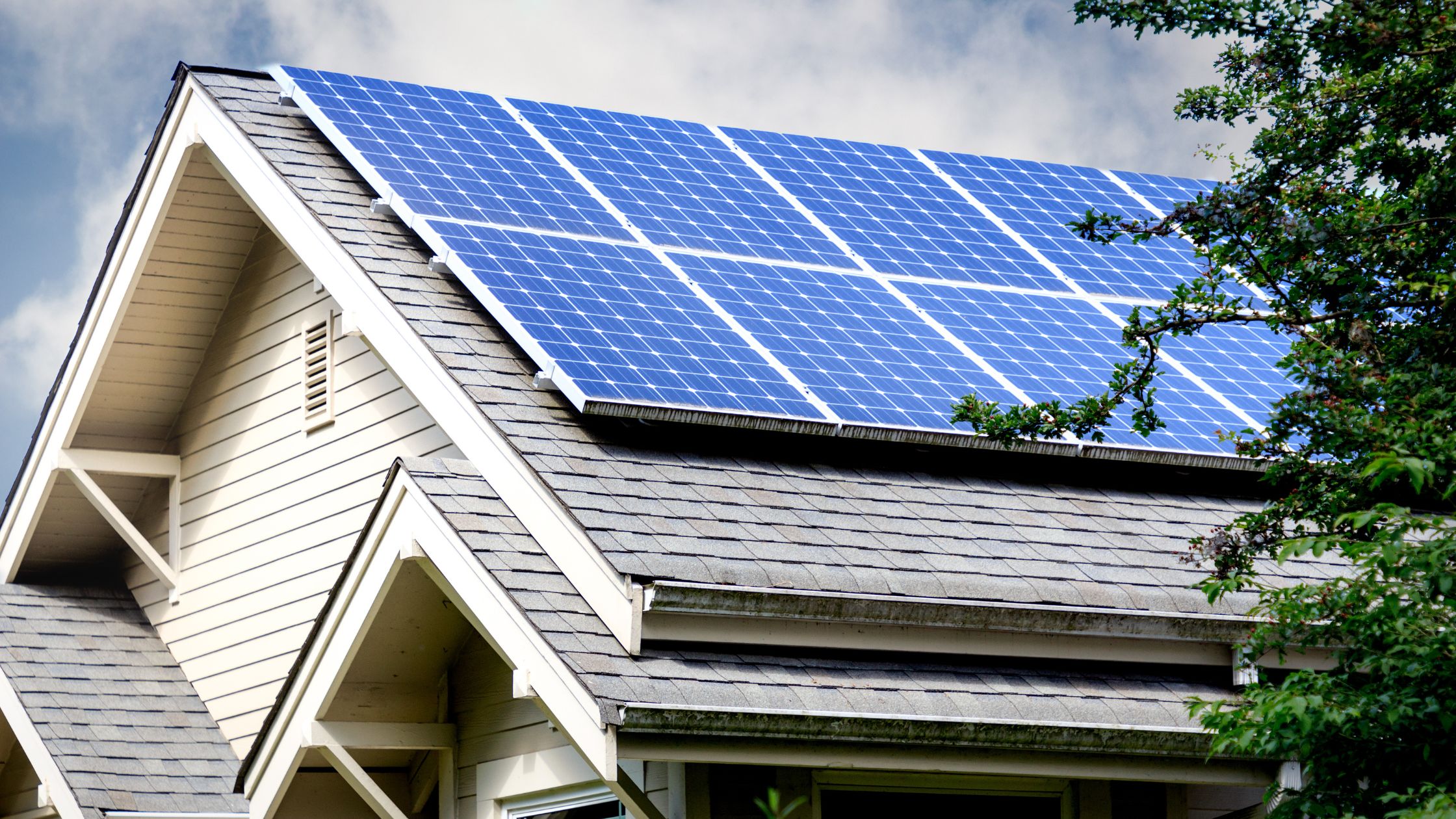Are Solar Panels in Denver Worth the Investment?
During this time of high inflation and rising energy prices, people are trying to save money whenever and wherever they can. Homeowners are increasingly conscious of their heating and electrical usage, and how it is impacting their budget.
Lowering the thermostat when you aren’t there, checking the weather-stripping around doors and windows, and turning off lights are just a few ways of cutting down on energy usage. A long term solution comes in the form of solar panels.
Colorado and Denver are fortunate to have 300 plus days of sunshine and solar panels continue to be a preferred method of augmenting the power grid and saving money. By installing the panels on your property, you not only save money in the long run but are contributing energy back to the power grid.
Cost of solar has dropped 22 percent since 2015. There are also a number of rebates and tax incentives to lower the cost of installation. Furthermore, financing is available that allows you to lease the panels or be approved for a loan to cover the upfront costs.
The good news is that Colorado ranks high as one of the top solar states. You’ll save over $35,000 over a lifetime but it will take eight to nine years before you’ll see payback from your investment.
Learn more about the advantages and disadvantages of solar panels with these pros and cons listed below.
Pros of Solar Panels
Monthly Savings/Long-term Payback can be Significant
According to an article in Forbes, data from EnergySage, the average solar panel cost in Colorado is $3.13 per watt. So if you install a solar panel system that’s five kilowatts (which is an average size), a typical solar installation in Colorado will range from $13,302 to $17,998, with an average Colorado solar panel cost of $15,650.
Fortunately, your costs can be decreased with a number of tax credits from both the federal and state governments. Furthermore, there are rebates and the ability to sell energy back to the grid as well as a solar property tax exemption. This exemption means that a property tax increase will not occur as a result of your solar panel system having been installed. In order words, you will not experience an increase in home value.
Long-term paybacks can be significant. According to the Lawrence Berkeley National Laboratory’s Tracking the Sun report, the total cost of installing a residential solar system in the U.S. can range between $12,286 and $45,013, depending on its size. The costs for solar panels are measured in dollars per watt. The U.S.’s median residential solar system costs $3.82 per watt, and the median solar system size is 6.5 kilowatts (kW).
Where you live, the size of your home, your energy provider, the amount of energy you use and your roof configuration and condition will all dictate the exact cost. Conditions vary state to state and may be much different than what is listed above.
Solar Panels May Increase Home Value
According to Sunpower.com, a Zillow study in 2019 found that U.S. homes with solar panels typically sell for 4.1% more than comparable homes. A study by the U.S. Department of Energy’s Lawrence Berkeley Laboratory analyzed about 22,000 home sales and found that a typical solar system added about $15,000 in value.
Cons of Solar Panels
Upfront Costs Can Be Expensive
As outlined above, the cost of installing solar panels is not cheap. You should think about how long you are planning to live in your home and whether you believe you can recoup the costs down the road. Rebates and tax credits lessen the financial burden but there is no getting around the startup cost. You may look into taking out a loan or even consider leasing the equipment.
It Takes 6-10 Years to Recoup Your Investment
Patience is a virtue when it comes to getting your return on investment. According to the NC Clean Energy Technology Institute, you’ll have to wait until seven years after the installation to start reaping the benefits.
Your Location and Roof Matter
Those 300+ days of sun bode well for Colorado homeowners to take advantage of solar panels. Other states aren’t as fortunate. But your home’s roof, angle and composition will also play a role in whether solar will be effective. In fact, your roof may be one of the biggest roadblocks to a successful solar installation.
According to an article in Marketwatch, the roof structure and the environment surrounding it is the most critical component, states Garrett Nilsen, the deputy director of the U.S. Department of Energy’s Solar Energy Technologies Office.
“If there are trees near your home that create excessive shade on your roof, rooftop panels may not be the most ideal option,” he says. “Solar panels perform best on south-facing roofs with a slope between 15 and 40 degrees, though other roofs can be suitable too. Installers can model roofs to determine if the orientation and slope are suitable for energy generation.”
The steeper the roof, the higher the cost. Typically, both labor and material prices rise with peaked roofs. It will take more time to mount the appropriate equipment to maximize the surface area and provide for the optimal sunlight. Working around chimneys, vents and skylights can be problematic as well.
Ultimately, you should get a couple of estimates from solar panel contractors to determine whether solar panels are right for you and your home. The upfront costs and long-term payouts will likely be the key factors in your decision.




